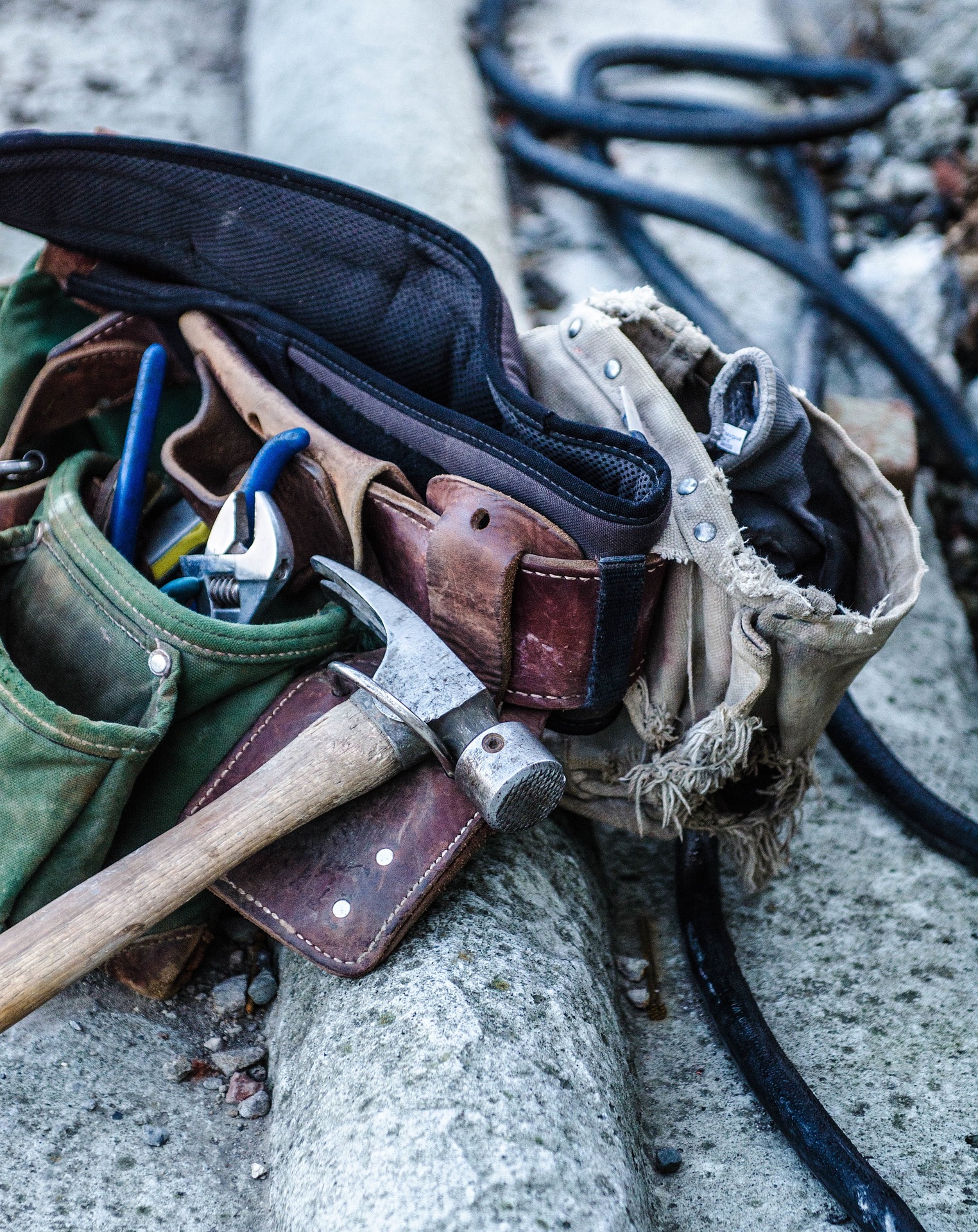Form, set, kata, and pinan help you train in martial arts. The word form is the best word we have in the English language to describe this aspect of martial arts training. The Chinese use the term sets. Kata is Japanese, and pinan comes from the Okinawan tradition. Forms are formalized training routines akin to dance routines. A form is many techniques and stances organized into a preordained sequence.
By learning these forms, we honor the hard work and diligence of the masters and ancestors. Forms also provide a method of self-practice. They also teach standards of movement, which define a style. (Of course, there are many other reasons to practice your forms, but these will be enough to help you at this stage of your training.)
Early in your training, you learn a series of stances and positions. They eventually incorporate flow at later levels. But why do we practice forms? The answer is a many-scaled beast.
The goal of kata training is to perform stances and movements with supple ease. As students, we perfect our memories, coding these movements into our muscles and sinew. This training allows the student to execute classical moves effortlessly. In a sense, we become what our masters are.
Forms are vital to training. They develop skills such as focusing on correct stances, good body alignment, stable balance, and waist power. During the regular group lessons, you work on several skills independently. These are:
- Stances
- Balance
- Power
- Body Alignment
Kempo forms are amalgamating these various drills and exercises to put your body’s motion in synchronized harmony. There is no substitute for this benefit. Through practice and repetition of kata, you perfect your total martial arts ability.
From previous articles, we discussed memory and ghestalting. We need to create groups of movements called chunks that can be stored and recalled from memory quickly. Practicing our forms re-enforces this chunking-phenomena, thereby producing improved recall of techniques. The ancestors developed forms as a memory aid. We must endeavor to use it as such.
Without the old masters, the art of Kempo would be dead. We would not have the great gifts it offers. These masters spent years developing, testing and refining the forms to help their students’ progress.
The history and tradition of Kempo require us to pay tribute to these old masters and monks by faithfully practicing our forms passed down to us from our teachers. Our teachers work on remembering the exact movements so that none of the information is tarnished or lost. We, as students, must do the same. We must work very hard to do the movements of forms precisely, even if it is challenging. There is a purpose for that movement. They are techniques that proved to be effective during actual combat and passed down by the instructor. We are not advanced enough in the art to decide whether or not it is useful.
Through self-discipline, we develop a need to practice kata. The desire is different for everyone, and a devotion to practice is likewise different. Often, you have a partner to practice Kempo. But you may not have a partner. Forms allow the student with fiery determination to become great, to become a black belt.
On those occasions when you want to practice, and no one is around to train with you, you still have the old masters. Train those forms over and over. Perform them facing different angles, on other surfaces, and with alternate clothing on. No instructor will ever say you’ve practiced any form too many times. Forms, therefore, are the best solo exercise ever created. Those old masters were very clever.
All martial artists travel this endless road of practice. It is a road we all walk because of the benefits it develops in us. Katas are the cobblestones on that road to success, and we need kata to continue our sojourn to mastery. We need kata to build healthy bodies and sharp focus. They are necessary for our development. They also link us to our ancient traditions. They are a link to the past. To be lax in your kata practice is, in reality, being disrespectful to our ancestors. You know what to do. Practice your forms.




2 thoughts on “Forms for Thought”
Comments are closed.